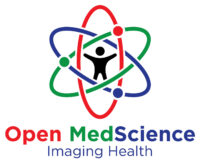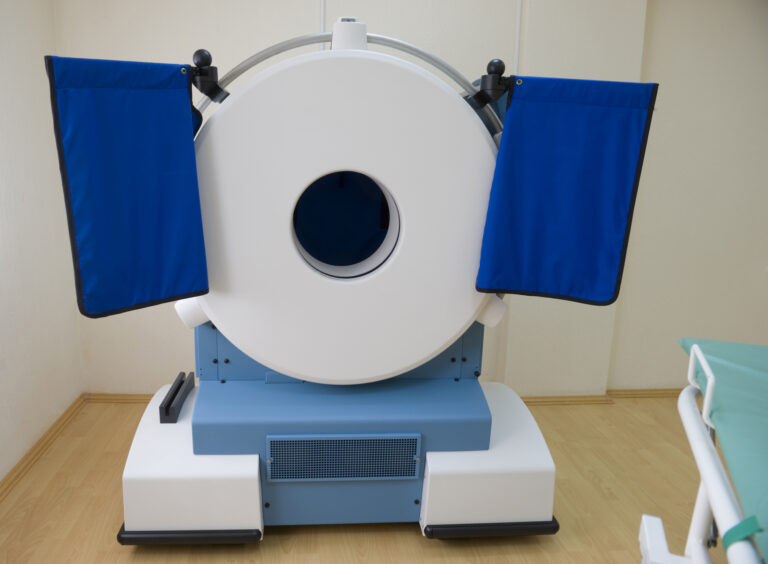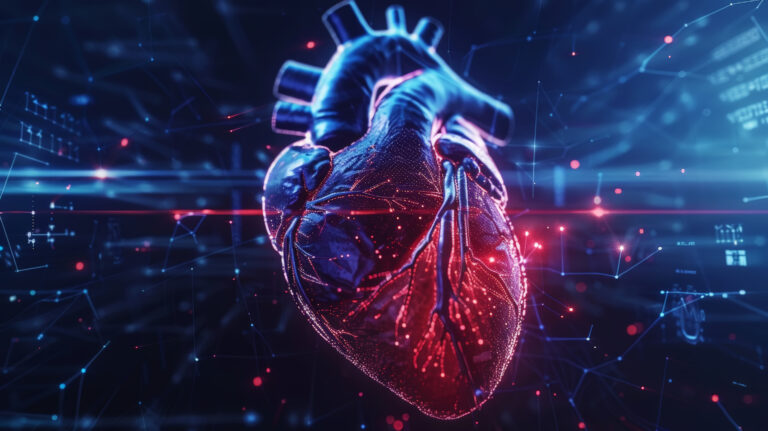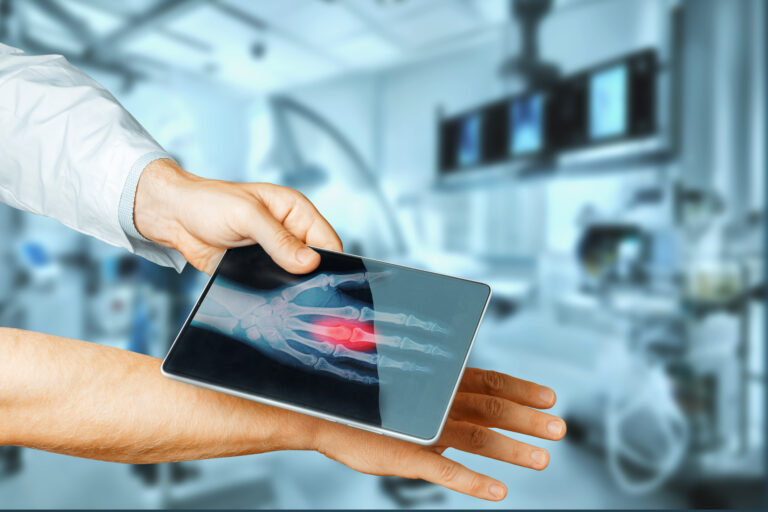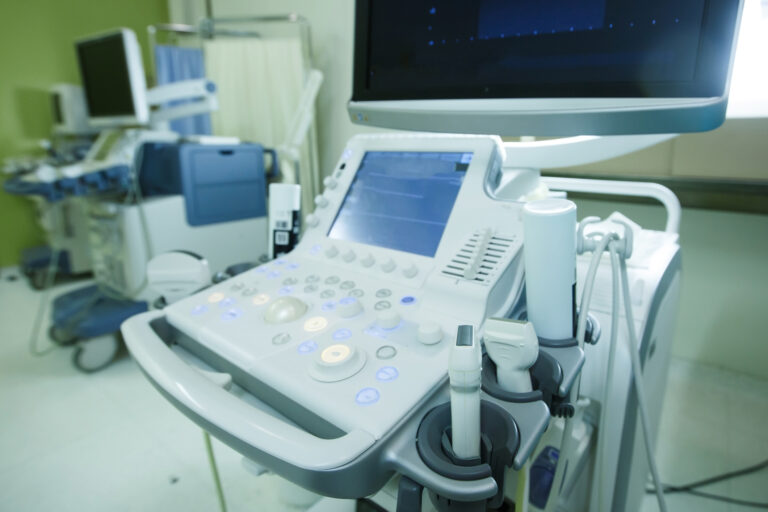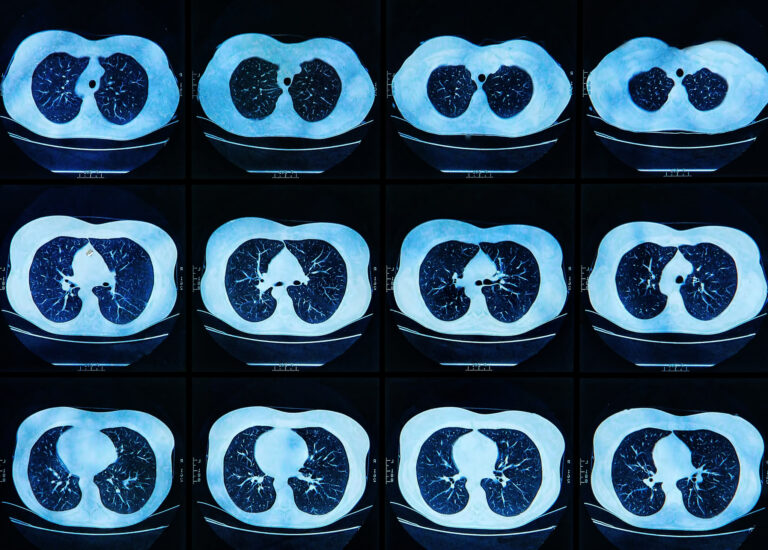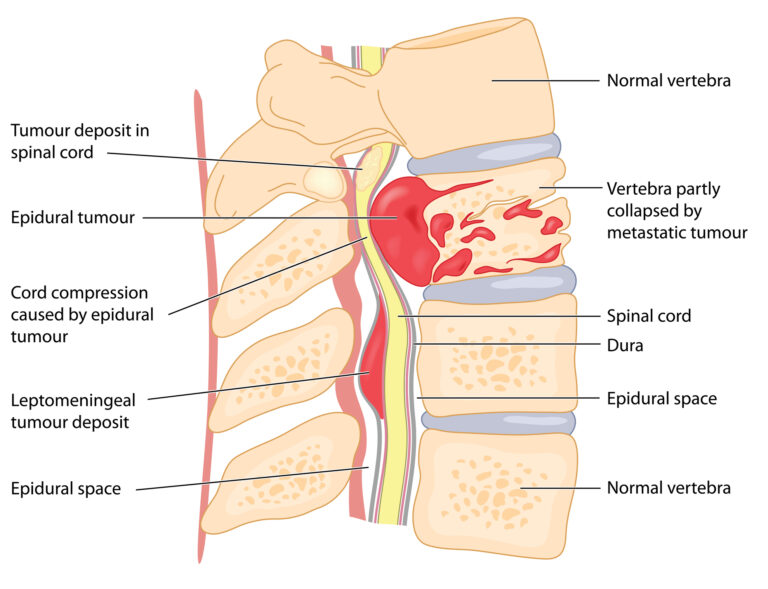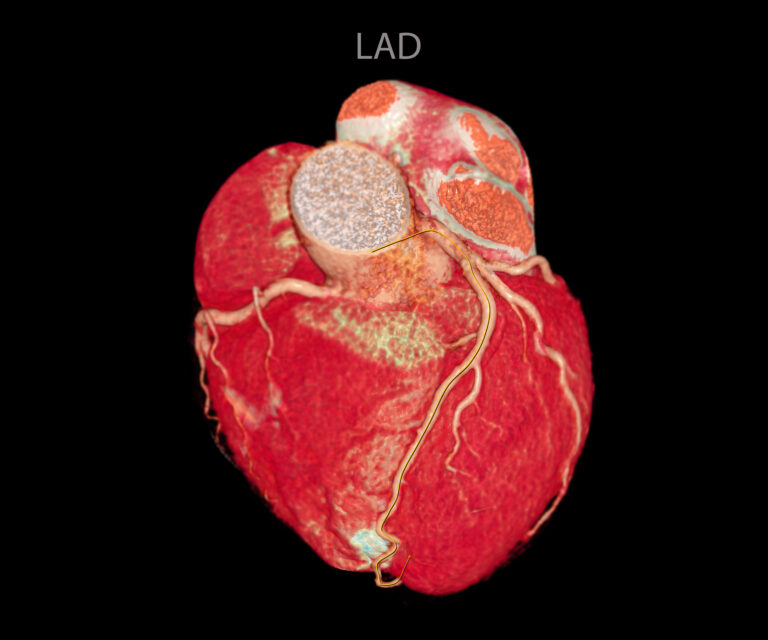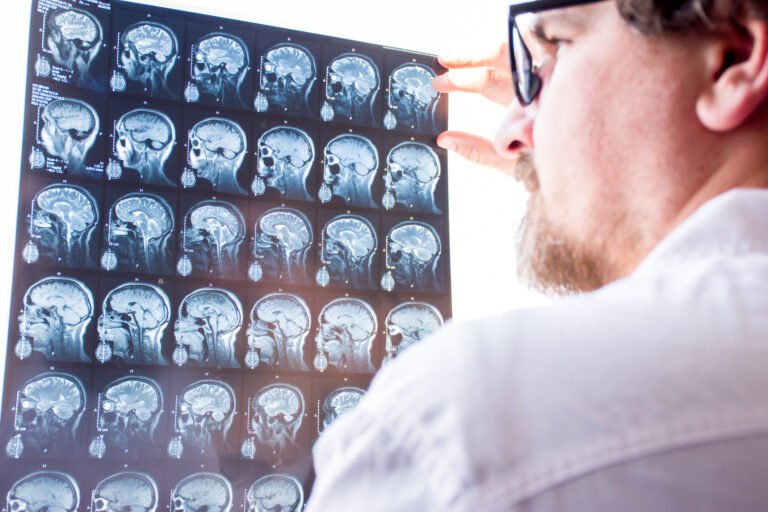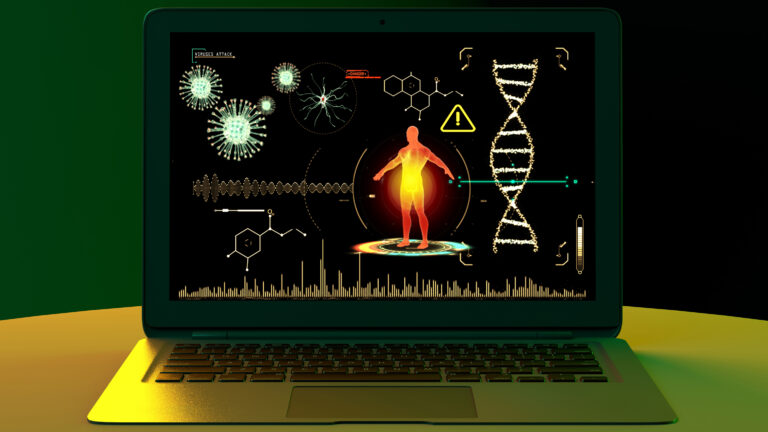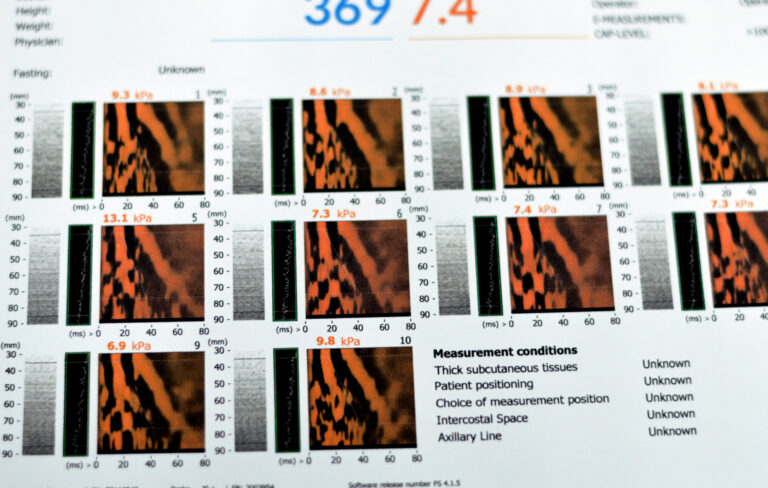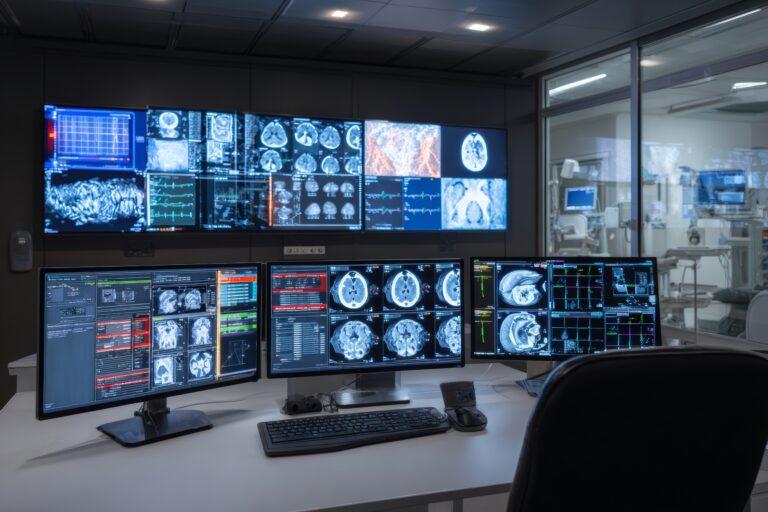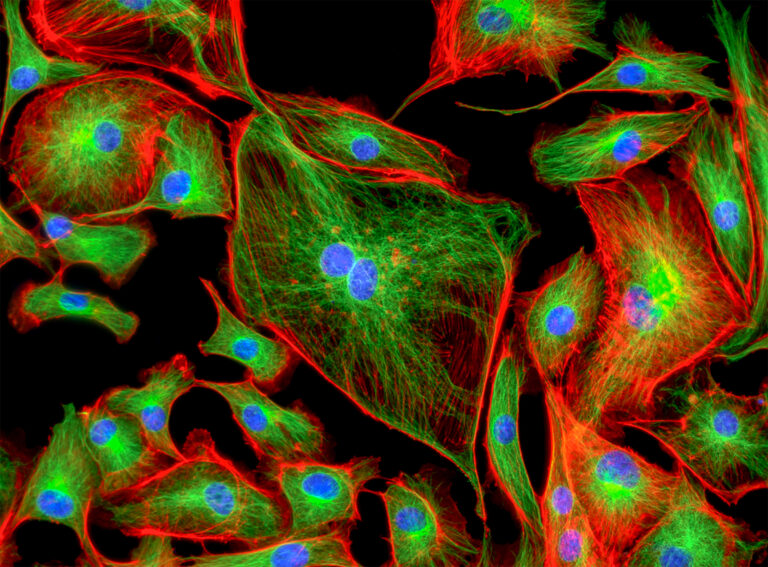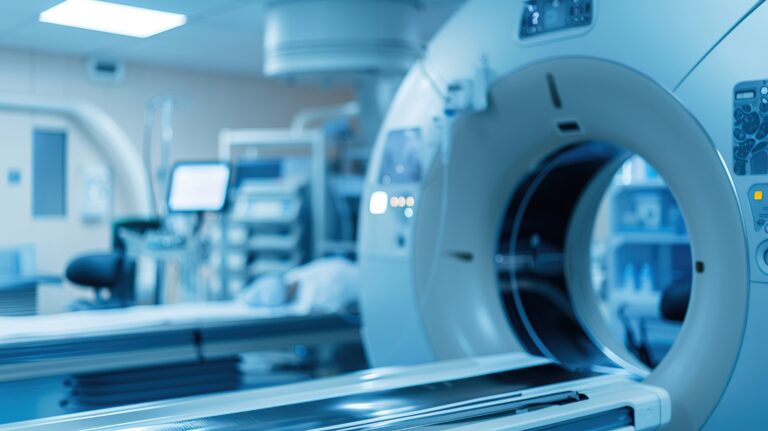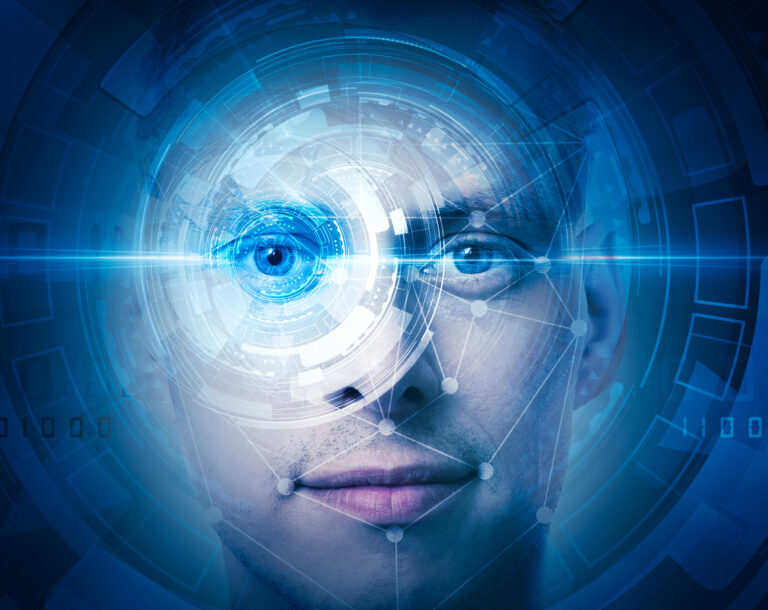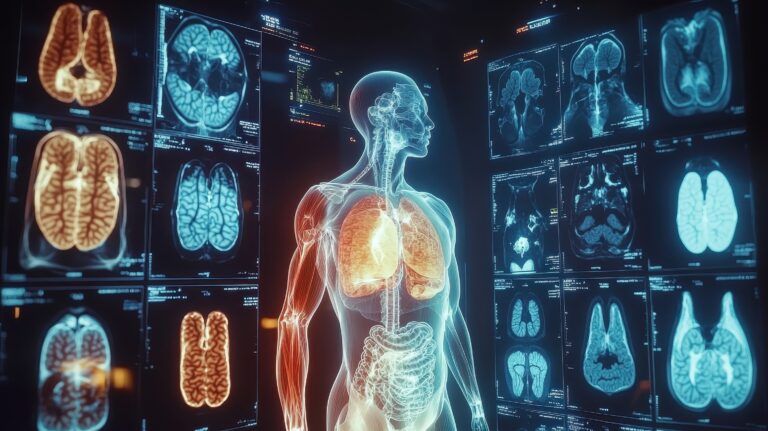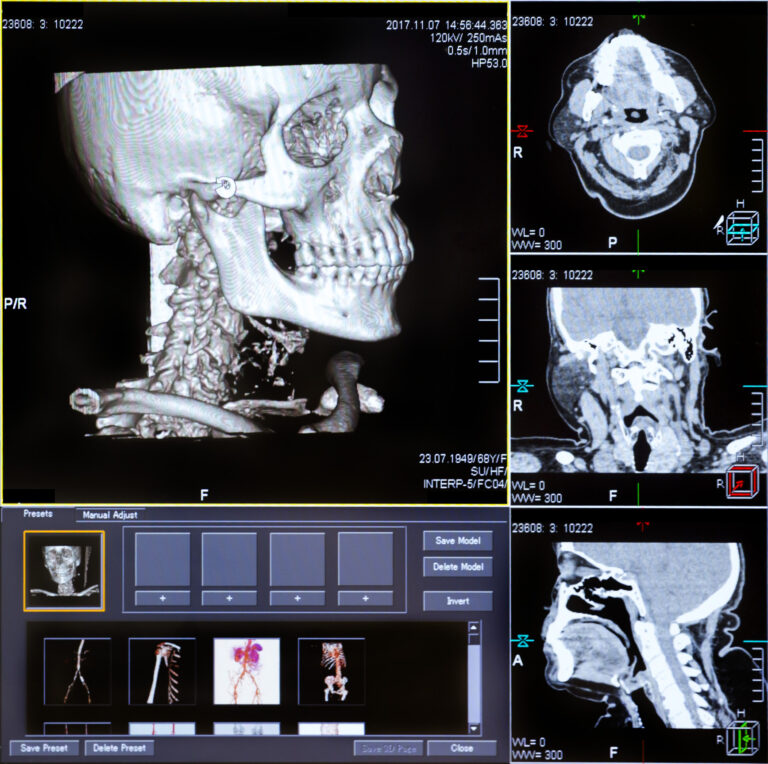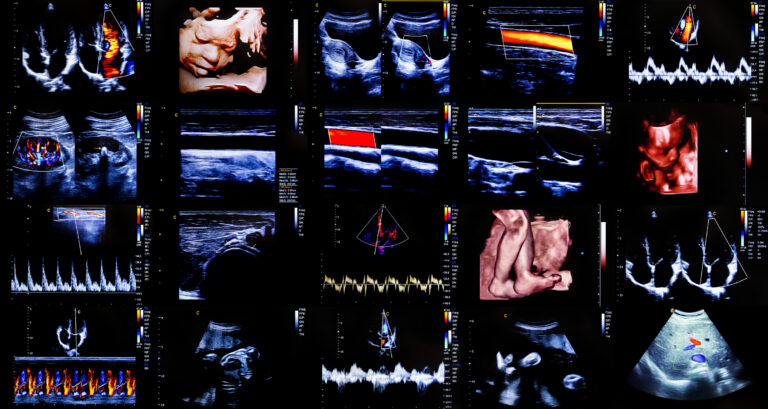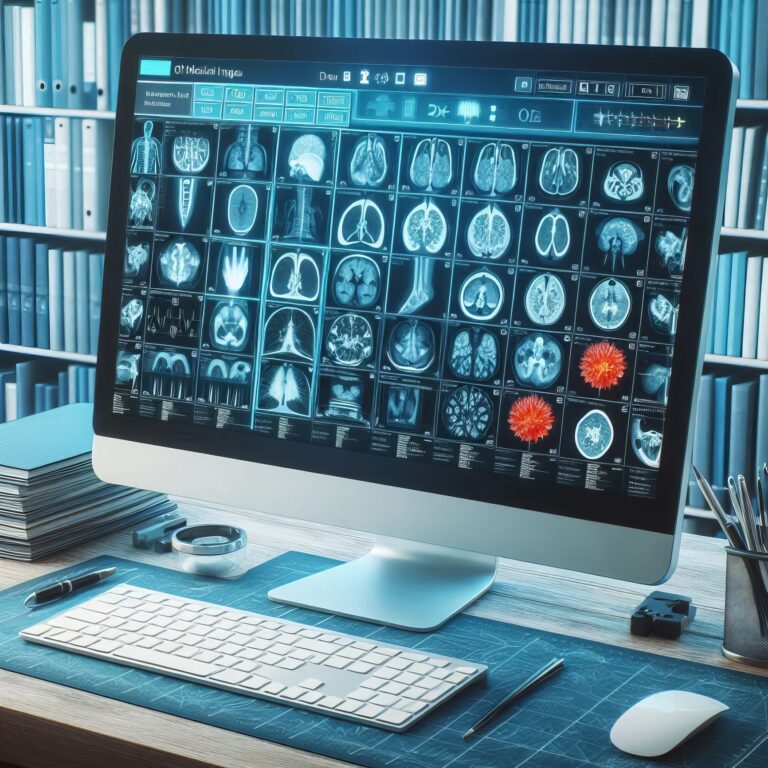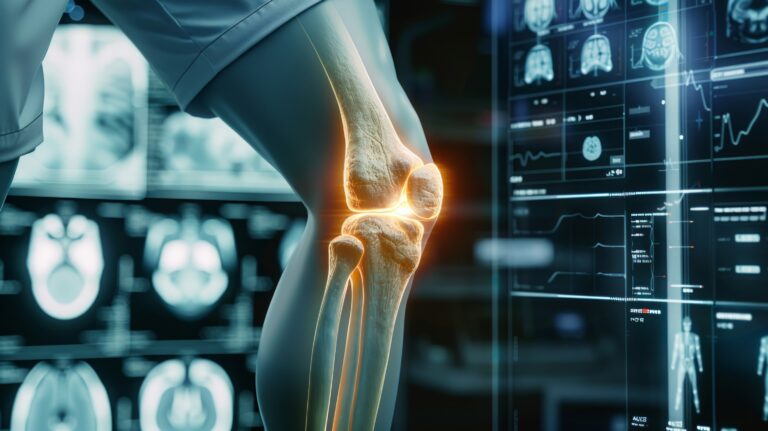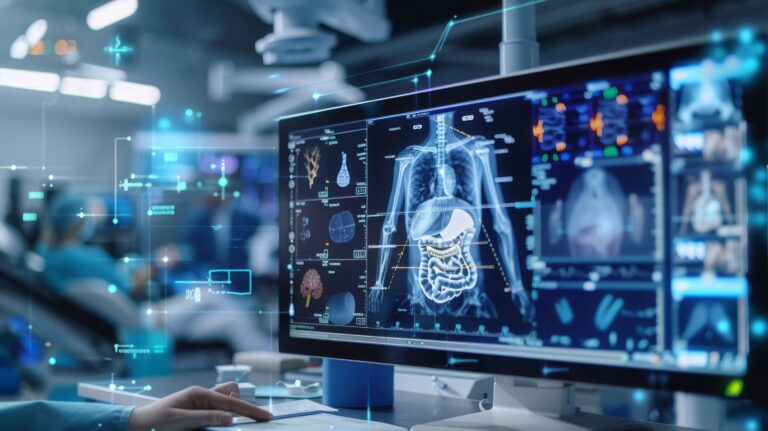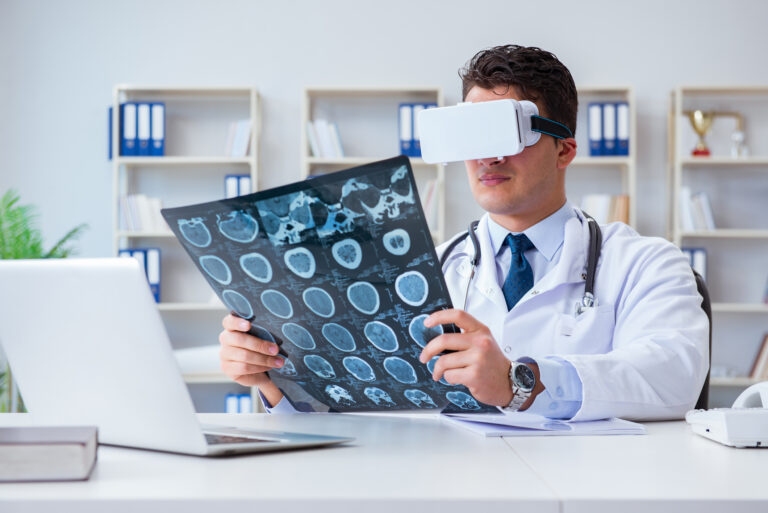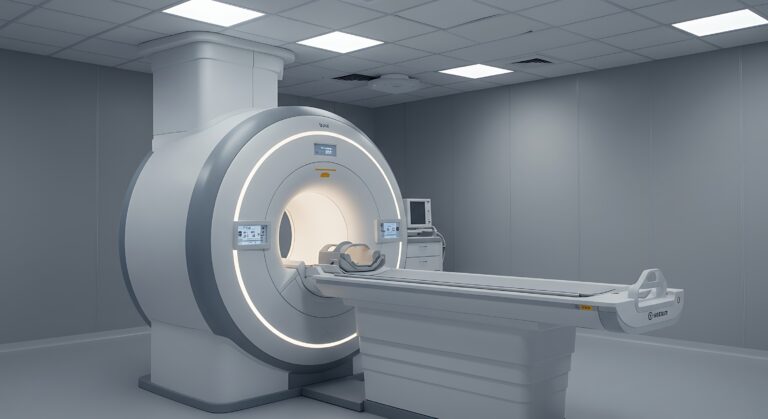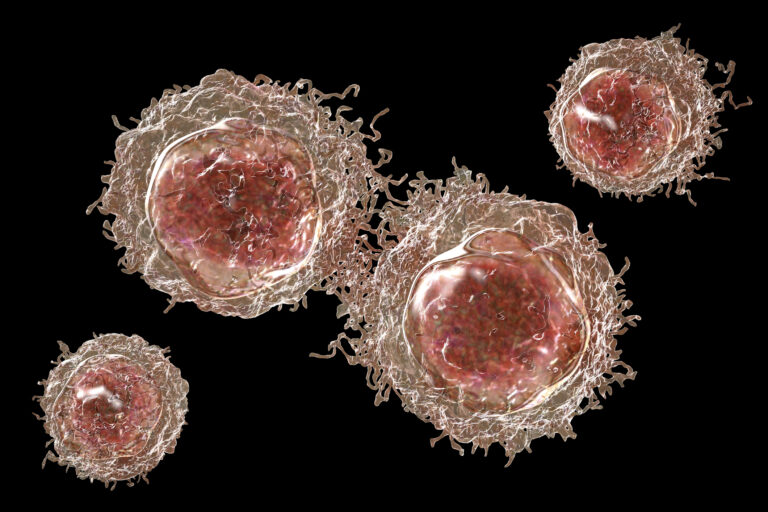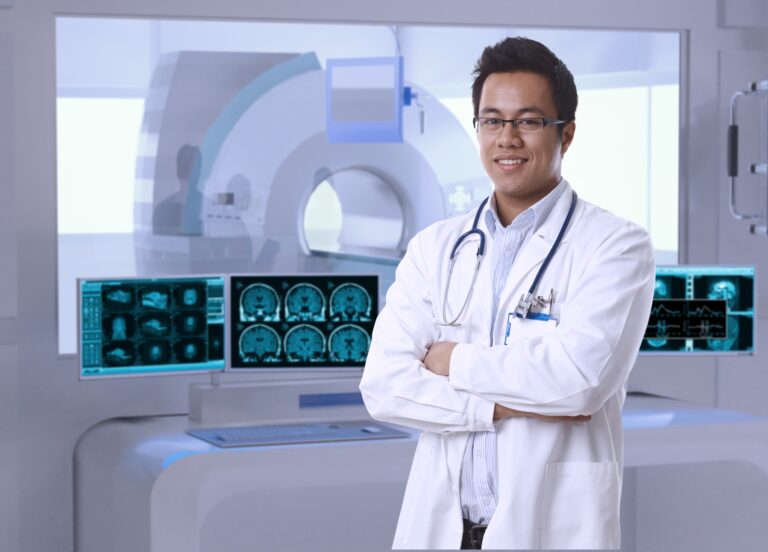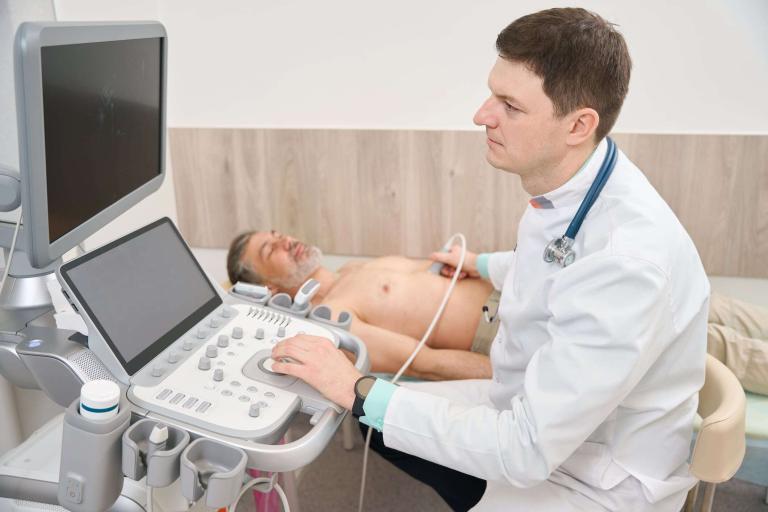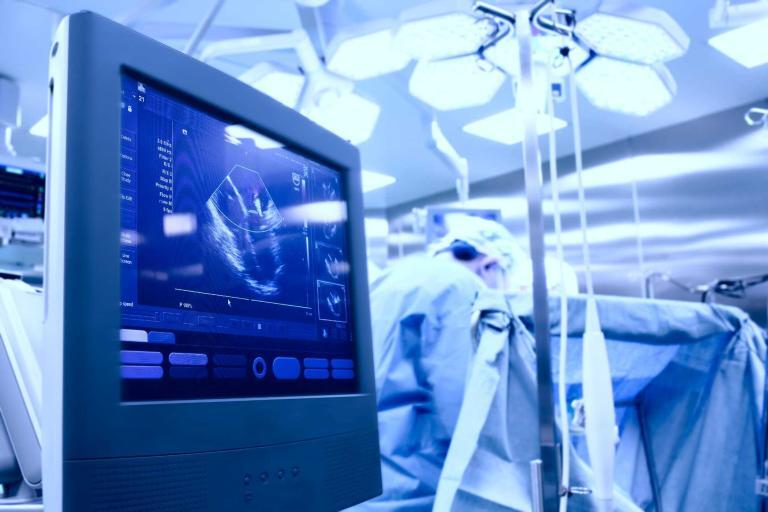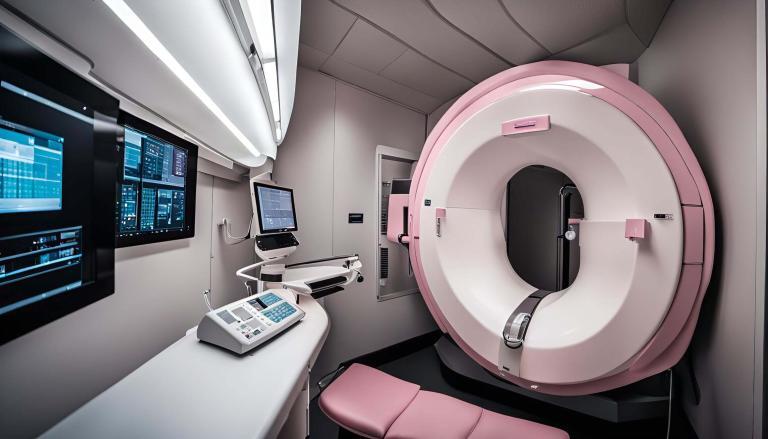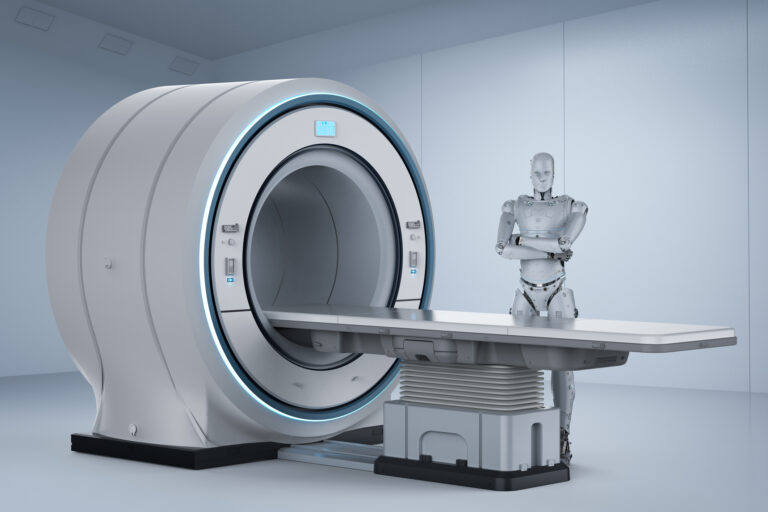Medical Imaging Modalities
Medical imaging modalities are essential tools in modern medicine, allowing healthcare professionals to view the human body in unprecedented detail to diagnose, monitor, and treat diseases. These imaging techniques are based on a variety of energy sources, each suited for different applications, ranging from diagnosing bone fractures to detecting subtle metabolic changes associated with cancer.
Light, X-rays, and electrons are among the primary energy sources used in medical imaging. X-rays are perhaps the most well-known and utilised in modalities such as mammography and radiography to produce images of the body’s internal structure. Electrons, on the other hand, are harnessed in electron microscopy for high-resolution images at the cellular level, which is crucial in pathology.
Radionuclides used in nuclear medicine, lasers employed in various dermatological treatments, and ultrasound waves further extend the scope of medical imaging. These waves are pivotal in obstetrics and cardiology for real-time imaging of the fetus and heart. Nuclear magnetic resonance (NMR), better known in its medical application as magnetic resonance imaging (MRI), utilises magnetic fields and radio waves to produce detailed images of organs and tissues.
In radiology, specific technologies like mammography are used for early detection of breast cancer, while radiation therapy plays a crucial role in oncology, targeting cancerous cells with precision. Computed Axial Tomography (CAT) scans generate cross-sectional images of the body, offering comprehensive details that aid in medical diagnosis and treatment planning. Radiofrequency (RF) X-ray units are another critical tool, providing images that help in therapeutic interventions.
One of the most revolutionary developments in medical imaging has been the advent of image fusion technologies. Image fusion combines different imaging modalities to provide a more complete picture of the human body’s internal workings. A prominent example of this is the integration of positron emission tomography (PET) and computed tomography (CT) into PET/CT scans. PET, a nuclear medicine technique, captures images of metabolic processes in three dimensions, highlighting cellular activity that may indicate disease. When fused with the anatomical detail provided by CT scans, PET/CT can precisely locate cancer sites, significantly enhancing the accuracy of diagnoses and improving the outcomes of subsequent treatments.
By harnessing these diverse energy sources and technologies, medical imaging modalities continue to be a cornerstone of modern medical diagnostics and therapeutic strategies, significantly impacting patient care and health management.
You are here:
home » medical imaging modalities
